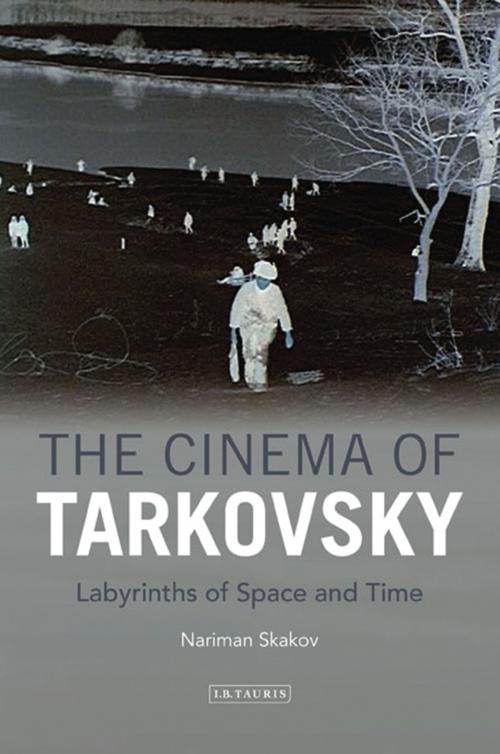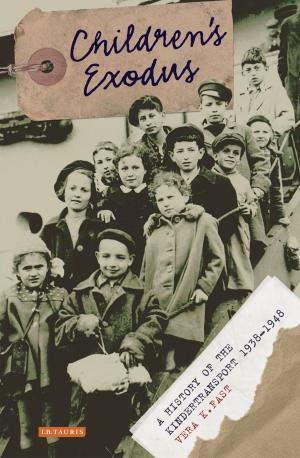The Cinema of Tarkovsky
Labyrinths of Space and Time
Nonfiction, Entertainment, Film, History & Criticism, Performing Arts, History, Asian, Russia| Author: | Nariman Skakov | ISBN: | 9780857730794 |
| Publisher: | Bloomsbury Publishing | Publication: | January 30, 2012 |
| Imprint: | I.B. Tauris | Language: | English |
| Author: | Nariman Skakov |
| ISBN: | 9780857730794 |
| Publisher: | Bloomsbury Publishing |
| Publication: | January 30, 2012 |
| Imprint: | I.B. Tauris |
| Language: | English |
In this book Nariman Skakov explores the phenomenon of spatio-temporal lapse in Tarkovsky's cinema - from Ivan's Childhood (1962) to Sacrifice (1986). He argues that dreams, visions, mirages, memories, revelations, reveries and delusions are phenomena which present alternative spatio-temporal patterns; they disrupt the linear progression of events and create narrative discontinuity. Each chapter is dedicated to the discussion of one of Tarkovsky's seven feature films and, in each, one of these phenomena functions as a refrain. Skakov discusses the influence of the flow of and lapses in space and time on the viewer's perception of the Tarkovskian cinematic universe. He opens and closes his original and fascinating book on Tarkovsky's cinema by focusing on the phenomenon of time that was discussed extensively by the filmmaker in his main theoretical treatise Sculpting in Time, as well as in a number of interviews and public lectures.
In this book Nariman Skakov explores the phenomenon of spatio-temporal lapse in Tarkovsky's cinema - from Ivan's Childhood (1962) to Sacrifice (1986). He argues that dreams, visions, mirages, memories, revelations, reveries and delusions are phenomena which present alternative spatio-temporal patterns; they disrupt the linear progression of events and create narrative discontinuity. Each chapter is dedicated to the discussion of one of Tarkovsky's seven feature films and, in each, one of these phenomena functions as a refrain. Skakov discusses the influence of the flow of and lapses in space and time on the viewer's perception of the Tarkovskian cinematic universe. He opens and closes his original and fascinating book on Tarkovsky's cinema by focusing on the phenomenon of time that was discussed extensively by the filmmaker in his main theoretical treatise Sculpting in Time, as well as in a number of interviews and public lectures.















